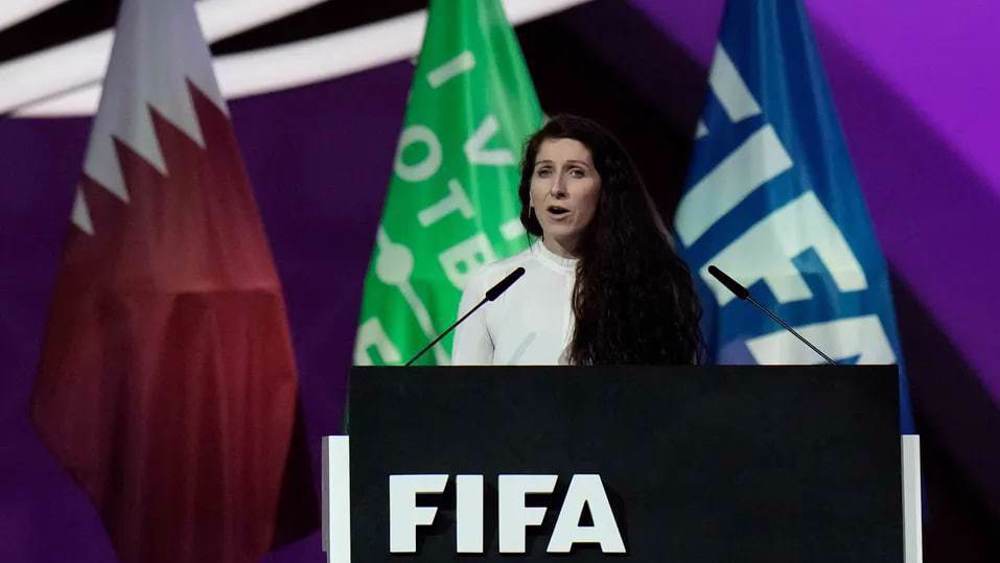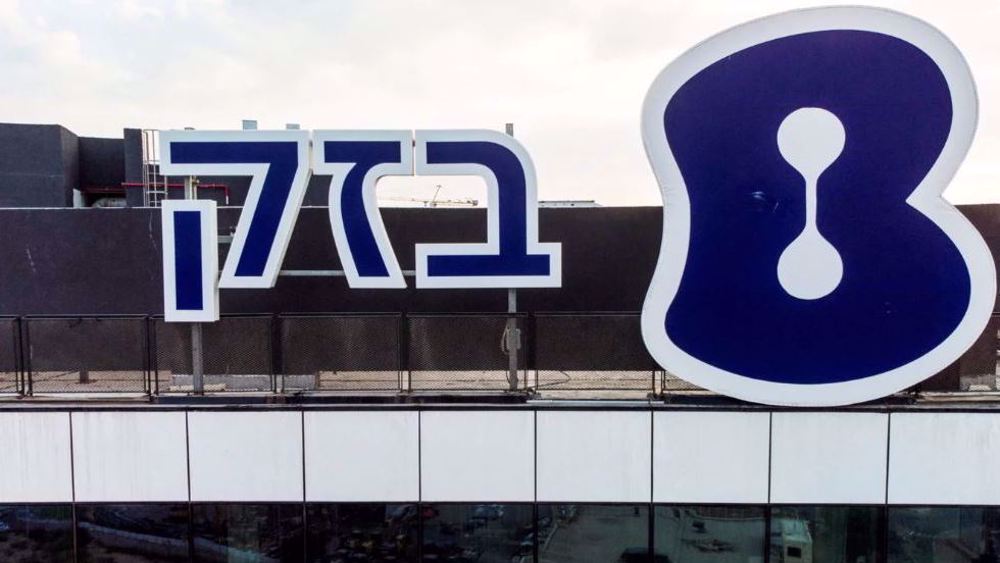Image featuring refugees’ ordeal in Europe wins top prize
A picture depicting the desperate situation of refugees struggling to pass through Europe’s now sealed borders in the hope of a more secure life has won the prestigious World Press Photo Award for 2015.
Snapped by Australian freelance photographer Warren Richardson, the black and white image titled “Hope for a New Life” shows a baby being passed by a refugee to another underneath a razor-wire fence on the Hungary-Serbia border.
Richardson, who had camped out for days to document the passage of the asylum seekers, captured the photo near the border crossing point at the southern Hungarian village of Roszke last August.
He shot his picture using just the light of the moon as a flash risked alerting Hungarian border guards to the location of the refugees.
The photographer did not see the image until he returned home in Budapest and began editing his pictures.
“This picture continuously makes me think: ‘What if this was me? What if this was my own son?’,” Richardson told AFP, adding, “I also see hope. Hope for this man and his child.”
The 59th World Press Photo contest drew 82,951 images from 5,775 photographers.
AFP photo director Francis Kohn, who chaired this year’s jury in the Dutch city of Amsterdam, said Richardson’s picture “had such power because of its simplicity, especially the symbolism of the barbed wire.”

“We thought it had almost everything in there to give a strong visual of what's happening with the refugees,” Kohn said.
Most of refugees are fleeing conflict-ridden zones in Africa and the Middle East, particularly Syria. Many blame the support by some Western countries' for militants operating in the Mideast as the main reason behind the refugee influx into Europe.
While a few European leaders support an open-door refugee policy, others are in favor of controlling EU’s external borders. They are deporting more people and paying third countries to keep asylum seekers on their soil.
According to latest figures released by the International Organization for Migration (IOM), more than 76,000 refugees have reached Europe’s shores in the first six weeks of 2016, while 409 people either died or went missing in their perilous journey to the continent.
Occupation of Syria’s highest peak Mount Hermon part of ‘Greater Israel’ project
Iran: Syrian people will decide their future without foreign interference
IRGC says Iran’s power exceeds borders, warns enemies to adjust themselves
Dozens detained, several wounded in Israeli raids in West Bank
‘Ethnic cleansing’: Hamas blasts Israeli attacks on Gaza hospital amid intl. silence
Saudi delegation meets HTS leader at presidential palace in Damascus
Relentless Israeli ceasefire violations justify need for self-defense: Lebanese MP
Tel Aviv tells Damascus Israeli forces will remain in occupied territory: Report















 This makes it easy to access the Press TV website
This makes it easy to access the Press TV website